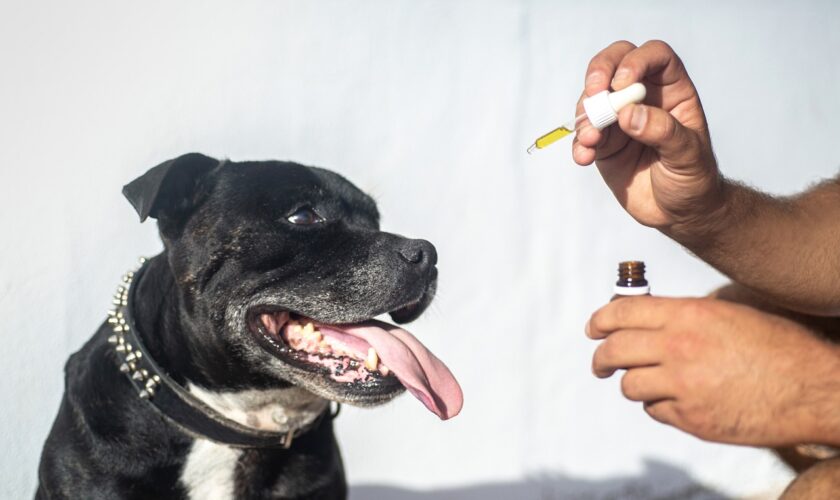Introduction: Health Beyond the Obvious
Health, in its truest essence, is far more than the absence of disease. It is a rich, layered tapestry woven with threads of physical vigor, emotional intelligence, mental resilience, and spiritual alignment. In an age increasingly driven by instant gratification and digital overload, our understanding of health demands a renaissance—a return to honoring the body, mind, and soul as interconnected components of one living system. To be healthy is not merely to survive, but to thrive, to live with energy, clarity, and purpose.
The Expanding Definition of Health
Contemporary health is no longer confined to weight charts and lab reports. It encompasses a holistic view of well-being that reflects how we feel, function, and flourish.
1. Physical Health: The Foundation of Vitality
The physical body is our vehicle through life. Caring for it is both a necessity and an art.
-
Balanced Nutrition: Eating nutrient-dense foods—fresh vegetables, whole grains, lean proteins, and healthy fats—nourishes every cell and fuels all bodily systems.
-
Regular Exercise: Movement invigorates the body, strengthens muscles and bones, improves circulation, and elevates mood through the release of endorphins.
-
Quality Sleep: Deep, restorative sleep enables the body to repair itself, consolidate memories, and regulate hormones essential for wellness.
-
Preventive Care: Regular check-ups, vaccinations, and screenings help detect and address potential issues before they escalate.
2. Mental and Emotional Health: The Inner Landscape
Our thoughts and emotions shape our experience of life, influencing everything from behavior to immune function.
-
Emotional Awareness: Recognizing and processing emotions without judgment helps reduce stress and build emotional intelligence.
-
Stress Management: Techniques such as mindfulness, meditation, journaling, and breathing exercises serve as powerful tools to balance the nervous system.
-
Mental Stimulation: Lifelong learning, problem-solving, reading, and creative expression keep the brain agile and engaged.
3. Social Health: The Power of Connection
Humans are inherently social beings. Strong relationships nourish our mental health and enrich our lives.
-
Meaningful Relationships: Whether through family, friends, or community, deep bonds offer comfort, support, and a sense of belonging.
-
Healthy Boundaries: Learning to say no, managing toxic interactions, and fostering respect ensure relationships remain balanced and constructive.
-
Communication: Open, empathetic communication fosters trust and emotional safety, essential for lasting social harmony.
4. Environmental and Spiritual Health: The Often Overlooked Dimensions
Our surroundings and inner beliefs play a profound role in our overall wellness.
-
Environmental Awareness: Clean air, safe drinking water, access to nature, and toxin-free living spaces are vital to sustaining health.
-
Spiritual Connection: Whether through religion, nature, art, or introspection, a sense of purpose and connectedness can bring peace and resilience in times of hardship.
Modern Challenges to Health
Despite unparalleled advances in medicine and technology, modern life presents subtle yet potent threats to well-being.
-
Sedentary Lifestyle: Desk jobs, screen time, and digital entertainment encourage inactivity, contributing to heart disease, obesity, and metabolic disorders.
-
Processed Foods: Easy access to high-calorie, low-nutrient foods fosters nutritional imbalances, inflammation, and chronic illness.
-
Information Overload: Constant digital input fatigues the mind, impairs concentration, and disrupts sleep cycles.
-
Chronic Stress: From career pressures to social comparison, stress has become a silent epidemic, affecting hormonal balance and immune strength.
The Rise of Integrative Health
A growing body of research supports the integration of conventional medicine with holistic practices, forming a more comprehensive approach to well-being.
Key Principles of Integrative Health:
-
Individualized Care: Each person’s body, history, and lifestyle are unique. Personalized care ensures more precise and effective outcomes.
-
Whole-Person Focus: Addressing the root cause rather than just the symptoms provides lasting healing.
-
Mind-Body Practices: Yoga, tai chi, acupuncture, and meditation are increasingly recognized for their capacity to balance physical and emotional health.
Building Sustainable Habits
True health is not achieved through temporary diets or sporadic gym visits. It is the result of consistent, conscious habits that honor the body’s natural rhythms.
-
Create Routines: A regular sleep schedule, meal timing, and daily movement help establish equilibrium.
-
Practice Mindful Eating: Paying attention to hunger cues, savoring food, and avoiding distractions during meals enhances digestion and satisfaction.
-
Stay Hydrated: Proper hydration supports metabolism, detoxification, and mental clarity.
-
Limit Toxins: Reducing alcohol, caffeine, and environmental pollutants minimizes stress on the body’s detox systems.
Mental Wellness in the Spotlight
The past decade has witnessed a long-overdue emphasis on mental health. Just as we tend to a physical wound, we must care for emotional injuries.
-
Normalize Therapy: Speaking to a mental health professional should be as routine as visiting a general physician.
-
Practice Self-Compassion: Treating oneself with kindness and understanding during failure or stress promotes resilience.
-
Digital Detox: Unplugging from social media and news can calm the mind and improve real-life engagement.
Health as a Collective Responsibility
While personal commitment is critical, health must also be supported by society at large.
-
Policy and Access: Governments and institutions must ensure that nutritious food, clean environments, and healthcare are accessible to all.
-
Workplace Wellness: Employers who prioritize employee health see higher productivity, lower absenteeism, and improved morale.
-
Educational Reform: Schools must teach children not only academics but also life skills—emotional regulation, nutrition, and physical education.
Conclusion: Crafting a Life of Wholeness
Health is a living, breathing practice—a continuous dialogue between the body and the choices we make. It is not a goal to be reached but a state to be cultivated, day by day, breath by breath. In embracing health as a lifelong masterpiece, we commit not only to our own flourishing but also to the well-being of those around us.
To be truly healthy is to feel alive in every sense—to think clearly, move freely, love deeply, and live purposefully. In the quiet triumph of well-being lies life’s most profound success. Let us honor it accordingly.














